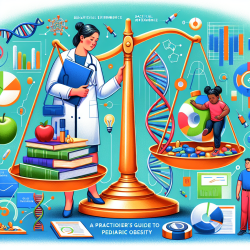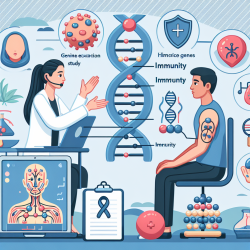The cries of a newborn are more than just sounds; they are a primary form of communication that convey vital information about the infant's needs and well-being. Understanding these cries can significantly enhance caregiving and medical interventions. Recent research titled An Efficient Classification of Neonates Cry Using Extreme Gradient Boosting-Assisted Grouped-Support-Vector Network has introduced a groundbreaking method for classifying infant cries with remarkable accuracy.
The Power of Machine Learning in Neonate Cry Analysis
The study leverages machine learning techniques, specifically an extreme gradient boosting-powered grouped-support-vector network, to classify infant cries into three categories: hunger, sleep, and discomfort. This novel approach utilizes acoustic feature engineering to extract twelve critical features from cry signals, which are then refined using random forests for optimal feature selection. The result is a highly accurate classification system that achieves a mean accuracy of 91%.
Practical Applications for Practitioners
This research offers several practical applications for practitioners working with infants:
- Enhanced Diagnosis: By accurately classifying cries, caregivers can quickly determine the underlying cause of an infant's distress, allowing for timely interventions.
- Non-invasive Monitoring: The method provides a non-invasive way to monitor infants' health and emotional states, reducing the need for more intrusive diagnostic procedures.
- Improved Caregiver Training: Understanding the nuances of infant cries can be integrated into caregiver training programs, enhancing their ability to respond effectively to infants' needs.
The Future of Infant Cry Analysis
The potential of this research extends beyond immediate applications. It opens avenues for further exploration in the field of neonatal care:
- Integration with Smart Devices: Future developments could see this technology integrated into smart baby monitors and incubators, providing real-time insights into an infant's condition.
- Advanced Research Opportunities: Researchers are encouraged to build upon this foundation, exploring deeper into acoustic signal processing and machine learning techniques to refine and expand the capabilities of cry analysis systems.
- Diverse Application Scenarios: The methodology could be adapted for use in different environments, such as hospitals or home care settings, offering tailored solutions based on specific needs.
This research not only enhances our understanding of infant communication but also paves the way for innovative solutions in neonatal care. Practitioners are encouraged to explore these findings further and consider how they might implement such technologies in their practice to improve outcomes for infants under their care.
To read the original research paper, please follow this link.










